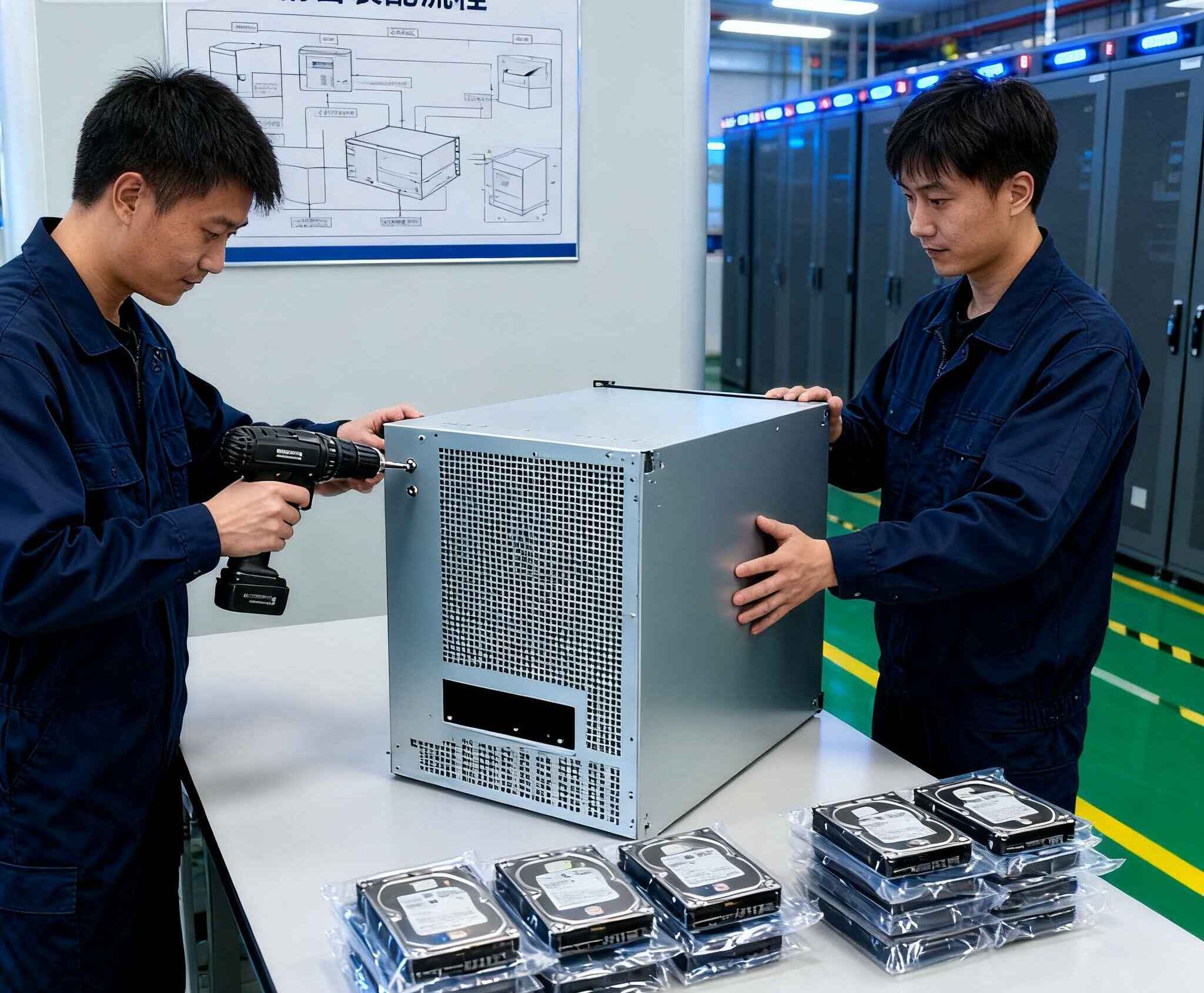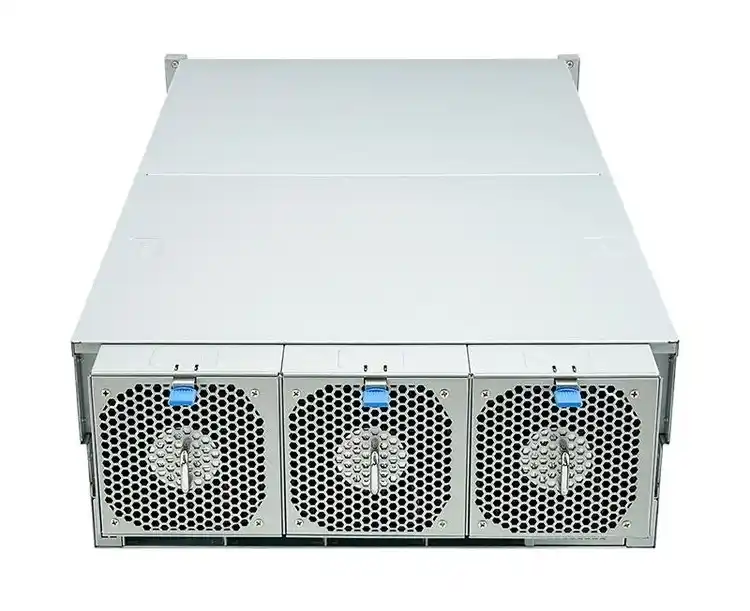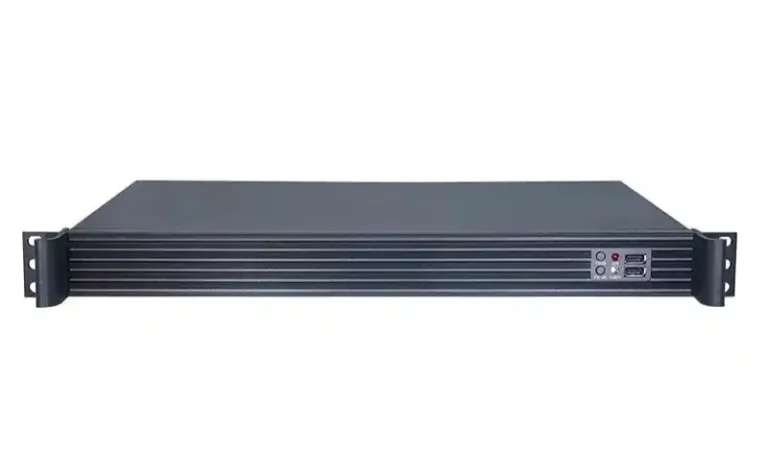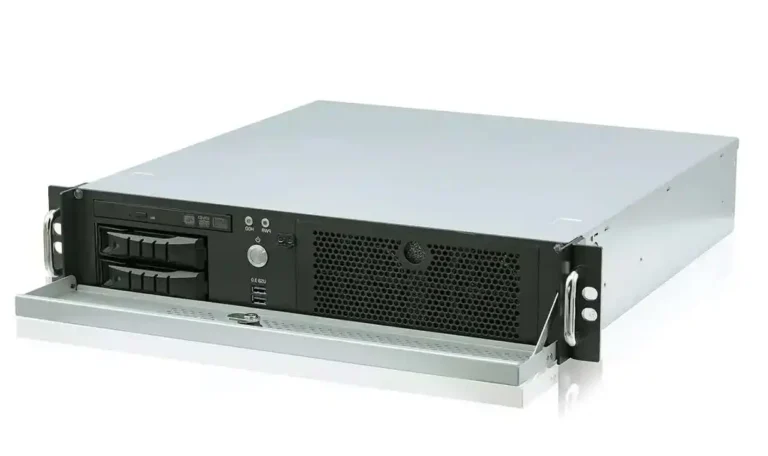You want racks and servers to arrive alive, not limping. Let’s talk practical moves, not buzzwords. I’ll map the playbook by size class (1U–4U), validation (ISTA 3E/3B), handling on the dock, and how IStoneCase’s OEM/ODM work plugs into real routes. I’ll also drop a quick table of arguments you can paste into a deck.
Rackmount Case — logistics that actually work
A full Rackmount Case run isn’t just about a metal box. It’s about making choices that survive forklifts, liftgates, and LTL terminals. When you pre-integrate gear, ship the whole rack with shock packaging instead of slinging loose units. It cuts touches, lowers drop risk, and lands you closer to “power on, cable, go”. For customers doing batch rollouts—data center pods, edge closets, lab refresh—this approach wins uptime.
- Internal link: Rackmount Case
- Keywords included naturally: server rack pc case, server pc case, computer case server, atx server case (yes, folks still search like that).
APC NetShelter SX Shock Packaging — why “rack-and-stack” survives the road
If your integrator ships pre-racked systems, use shock pallets and an impact-resistant shell. Systems like APC NetShelter SX shock packaging are engineered for loaded racks (tested up to 2000 lbs). That combo—pallet + ramp + shell—absorbs road vibe and gives the crew a sane unload path. This isn’t fancy; it’s real-world damage control. (More source notes at the end.)
ISTA 3E and ISTA 3B — pick the test that matches the route
Validation isn’t a checkbox; it’s your insurance. If you ship unitized loads or full truckloads, map to ISTA 3E. If you ride LTL with multiple handoffs, map to ISTA 3B. Add a horizontal impact or random vibration supplement when the lane is rough (rail intermodal, long asphalt runs). Calling the test plan up front keeps procurement, 3PL, and QA aligned.
Handling & Receiving — don’t stack, don’t unpallet on the truck
Most damage happens at the dock. Don’t unbox on the truck, and don’t stack crates for “just a minute.” Keep the rack on its pallet until it’s on level ground. Use trained crew, a rated liftgate, and proper straps with corner protectors. Move slow thru doors, mind the center of gravity, and never lean a populated rack “just a bit.” Sounds basic; saves your day.
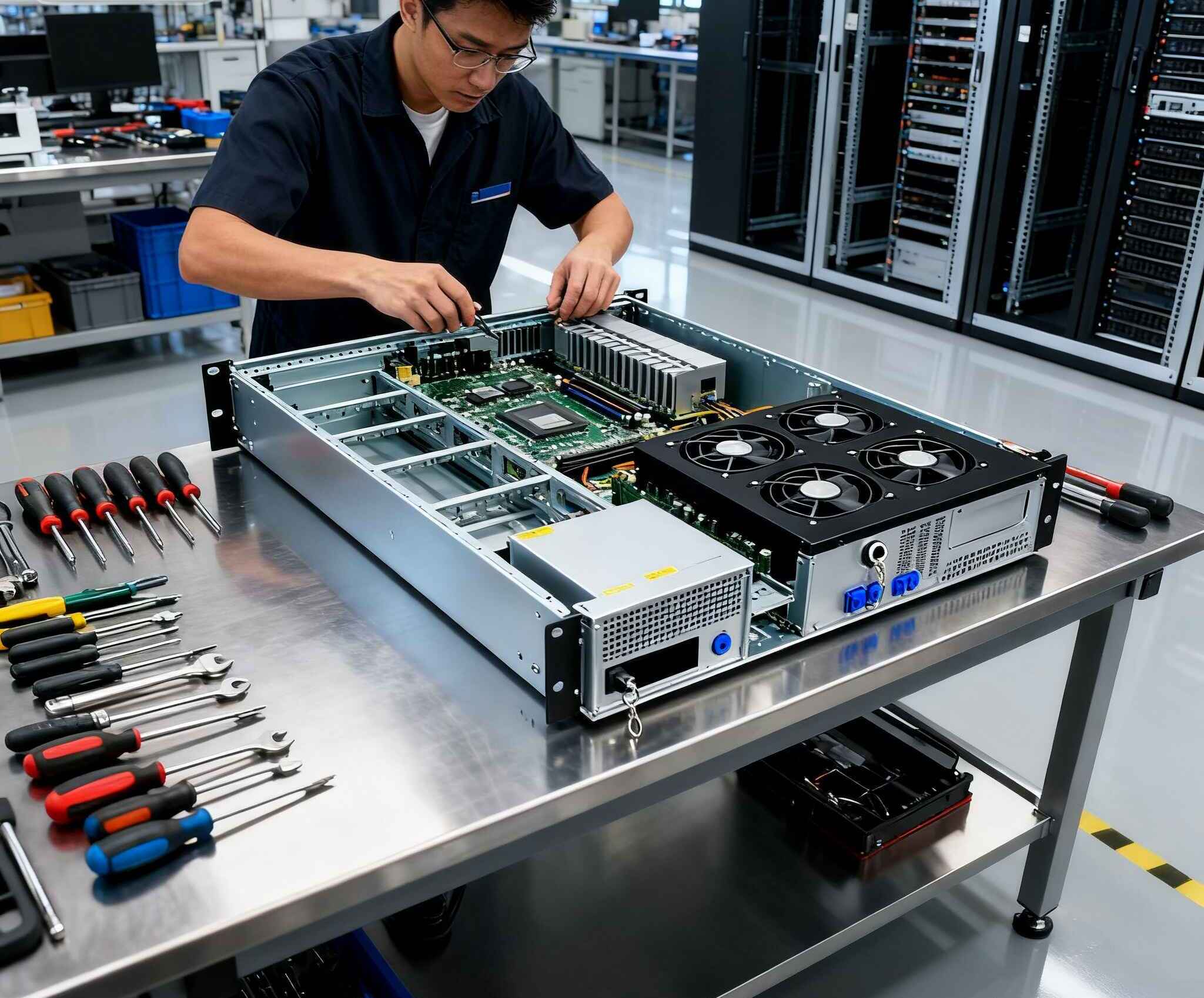
IEC 60721-2-9 and MIL-STD-810 — agree on the vibe (vibration) before shipping
When teams argue about “how rough is rough,” grab standards. IEC 60721-2-9 characterizes shock/vibration in storage and transportation; MIL-STD-810 (methods 514/516) gives you test methods. You don’t have to go full mil-lab, but using their language helps you write measurable acceptance criteria.
1U Rackmount Case — small unit, big risk on LTL
Light, thin, easy to scuff. For single 1U units, LTL loves to bruise corners and rails. Use tight-fit foam, cap the front ears, and spec a shipper box with crush strength, not “whatever is in the storeroom.” If you’re doing volume, pre-kit foam and rails to speed staging. Link it to your buy page so ops can reorder without email ping-pong.
👉 1U Rackmount Case
Real-world use: branch-office cache servers, small AI inferences boxes, dev lab swaps. If your route starts in a tech center and ends at a boutique site with no dock, go white-glove. Dont cheap out here.
2U Rackmount Case — the rollout workhorse
2U chassis hit a sweet spot for airflow, PSU redundancy, and card space. In rollouts, they often travel as a mixed pallet (2U + switches + rails). Use banding + corner guards + top cap. Note cable management arms (CMA) tend to snag straps; wrap and label them.
👉 2U Rackmount Case
Jargon to show you get it: “rack-and-stack”, “RU budget”, “CMA clearance”, “U-space constraints.”
3U Rackmount Case — mid-depth, friendlier cabling
3U units often carry special accelerators or storage bays. Flag depth (rail to door) and the CMA swing radius. If you ship pre-cabled, use foam blocks to immobilize harnesses.
👉 3U Rackmount Case
Scenario: edge AI + local NVMe array going into a retail back-room. Corridor turns, elevator size, and floor load rating matter. Walk the route on paper before you schedule the truck.
4U Rackmount Case — heavy, so plan the last 20 meters
4U chassis pack dense GPUs or big storage. They’re top-heavy once loaded. You need a rated liftgate, a pallet jack that actually fits the curb ramp, and two techs (minimum) on the receive side.
👉 4U Rackmount Case
Pro trick: keep the chassis bolted to rails in the rack during transit with OEM transport brackets, or ship with foam locks if it’s a loose chassis. Your hands—and your warranty—will thank you.
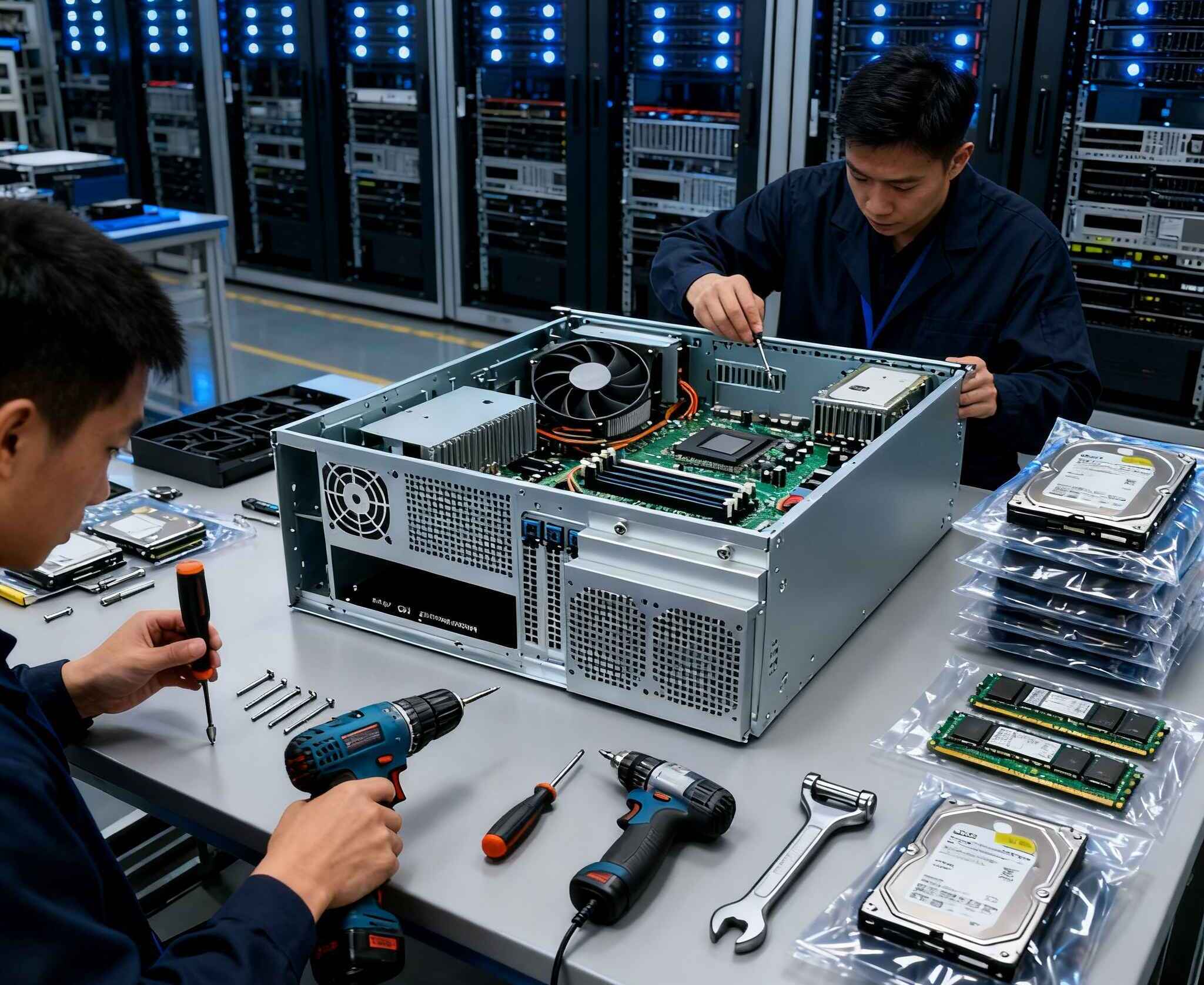
Customization Server Chassis Service — OEM/ODM that fits the route
Stock cases don’t solve every lane. IStoneCase does OEM/ODM for GPU servers, storage chassis, wallmount, and ITX. We tweak airflow paths, handle points, rail kits, reinforced ears, and even packaging SKUs so the case matches your route and not just your motherboard. That’s value you’ll feel on day zero, not just in a spec sheet.
👉 Customization Server Chassis Service
Key arguments (put this on a slide)
| Argument | What it means in ops | Where it fits | Evidence (named) |
|---|---|---|---|
| Shock-pack the loaded rack | Use a shock pallet + ramp + shell, ship the rack fully integrated | Data centers, colos, lab pods | APC NetShelter SX shock packaging (engineered/tested for loaded racks up to 2000 lbs) |
| Map tests to lanes | ISTA 3E for full truckload/unitized loads; ISTA 3B for LTL multi-handoff | Packaging validation, 3PL SOWs | ISTA guidelines (3E/3B definitions and selection guidance) |
| Dock discipline saves gear | Don’t stack crates, don’t unpallet on truck, move slow, keep straps | First/last mile, tight sites | Cisco shipping & receiving cautions; HPE integrated rack unpacking notes |
| Align on shock/vibe language | Use IEC 60721-2-9 to describe environment; use MIL-STD-810 methods for test setup | Cross-team acceptance criteria | IEC 60721-2-9 scope; MIL-STD-810 Methods 514 (vibration), 516 (shock) |
| Single-unit protection | For 1U/2U single boxes, use fitted foam and a proper server ship case | RMAs, site-by-site swaps | Industry rack/flight case specs (shock-mounted rack cases, ATA-style) |
How IStoneCase plugs in (and why it matters)
- SKU fit: tie your rollout bill of materials to the exact Rackmount Case family—1U, 2U, 3U, 4U. Less re-picking. Fewer re-labels.
- Channel speed: for wholesalers, we support batch purchase and pre-kitted rails, CMAs, and packaging. Ops dont need another spreadsheet to track which foam set goes where.
- Thermal headroom: GPU boxes hate rework. Our cases keep airflow stable after shipping, so you’re not chasing weird fan curves because a chassis ear bent 1 degree on the road.
- Language your crew speaks: N+1 power, RU plan, EIA-310 hole patterns, baying kits, CMA interference, rail latch types. We’ve seen the dumb failures; we design to avoid them.
- Audience fit: data centers, AI/algorithm hubs, enterprises, MSPs, labs, research—plus builders and enthusiasts who want a server pc case that doesn’t fight them in the rack.
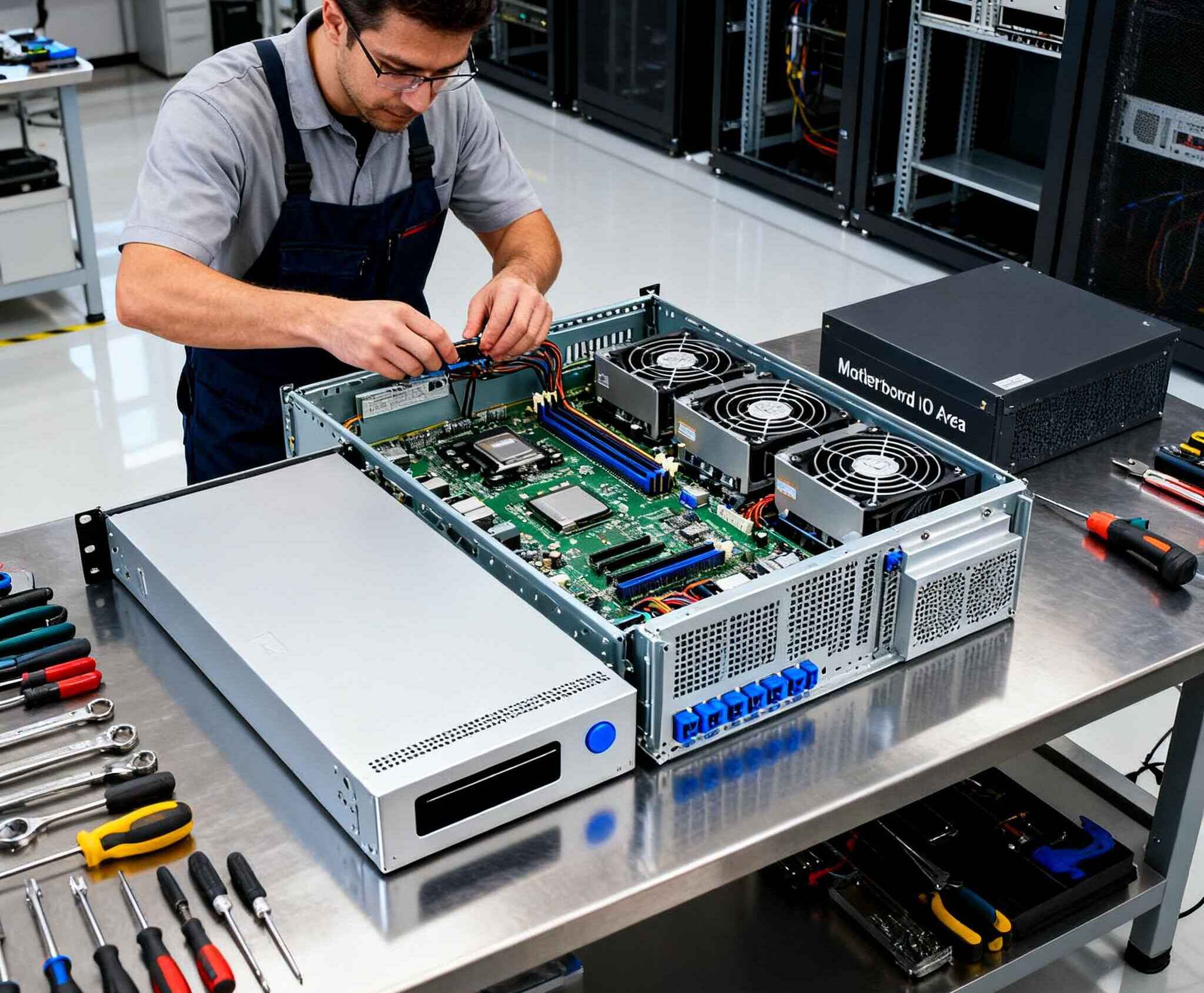
Real-world scenarios (fast reads)
- Edge retail closet: 2U compute + 1U switch, mixed pallet, LTL to a site with no dock. You spec ISTA 3B, white-glove, and a narrow pallet jack. Case rails pre-installed. Arrive, roll in, bolt, power, done.
- Campus lab refresh: Pre-racked 42U with 4× atx server case builds and JBOD storage. Shock-pack the rack. Book a crew that knows how to use a ramp and protect door frames. Don’t remove pallet until the rack is in its final aisle.
- RMA burst: A batch of 1U units go out and back. Use dense foam and reinforced corners. Label pull tabs for rails so the field tech isn’t guessing. Small stuff, big time-save.
- AI pod to colo: 4U GPU servers with high-TDP cards. Pre-integration plus shock pallet prevents micro-cracks on heavy heatsinks. You keep your boost clocks on day one.
Quick SEO-friendly pointers (and real value)
Searching for server rack pc case or computer case server? Start at Rackmount Case and match depth, airflow, and rail kit to your lane. Need a different front panel, a special filter, or a reinforced ear? Hit Customization Server Chassis Service and we’ll build it to ship, not just to sit pretty.
IStoneCase builds GPU server cases, rackmount, wallmount, ITX, NAS—tuned for durability and rollout sanity. We don’t chase hype, we chase fewer DOAs and faster installs. If the route is ugly, the case and the packaging must be smarter. That’s exactly what we ship.

